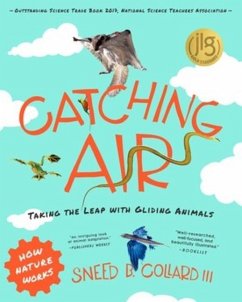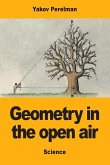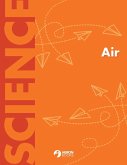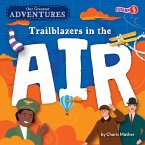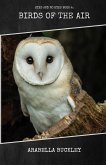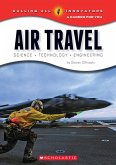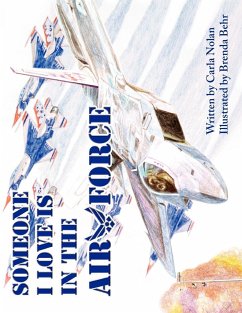North America's flying squirrels and Australia's sugar gliders notwithstanding, the vast majority of them live in rainforests. Illustrated with arresting photographs, Catching Air takes us around the world to meet these animals, learn why so many gliders live in Southeast Asia, and find out why this gravity-defying ability has evolved in Draco lizards, snakes, and frogs as well as mammals. Why do gliders stop short of flying, how did bats make that final leap, and how did Homo sapiens bypass evolution to glide via wingsuits and hang gliders-or is that evolution in another guise?
Hinweis: Dieser Artikel kann nur an eine deutsche Lieferadresse ausgeliefert werden.
Hinweis: Dieser Artikel kann nur an eine deutsche Lieferadresse ausgeliefert werden.

